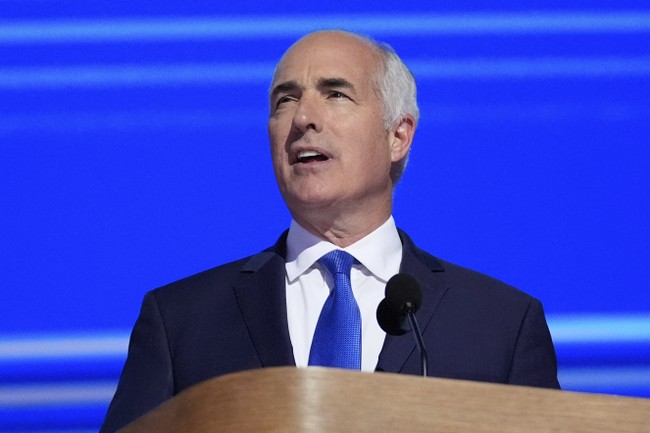New York on Thursday had its first recorded polio case in more than a decade, bringing back bad memories for a generation that remembers when the disease was a scourge.
Polio, or poliomyelitis, is a highly infectious virus that can cause paralysis and death by infecting the spinal cord, brain and other parts of the central nervous system. Children and babies are especially vulnerable.
It has been nearly eradicated from the world, and from the U.S. since 1979, thanks to coordinated vaccination programs.
Before vaccines became available in the 1950s, the virus paralyzed more than 15,000 people each year in the U.S. After vaccines were widely administered, the rate dropped to fewer than 100 paralysis cases in the 1960s and then below 10 in the 1970s, according to the U.S. Centers for Disease Control and Prevention.
Before that the mere mention of polio struck fear into many. Children under age 5 are the most vulnerable to this highly infectious viral disease, the World Health Organization explains. It’s transmitted person-to-person via contact with infected fecal matter, contaminated water or food. After multiplying in the intestine, the virus can invade the nervous system and wreak its potentially paralytic havoc.
The World Health Assembly in 1988 adopted a resolution to expunge the virus. Since then, cases have dropped by 99% — from 350,000 cases in more than 125 countries where it’s endemic, to 175 reported cases in 2019, the WHO said.
Nearly three-quarters — 72% of those who contract polio — will be asymptomatic, the CDC says. One in four patients will show flulike symptoms such as sore throat, fever, tiredness, nausea, headache and stomach pain, which normally clear up on their own in two to five days. That’s what is known as abortive poliomyelitis.
A tiny proportion of people, between one and five for every thousand infected, will develop serious nervous-system symptoms such as pins and needles in the legs; meningitis, in which the covering of the spinal cord and/or brain gets infected, and paralysis or weakness in the arms and/or legs.
It’s the paralysis that can lead to permanent disability and death, the latter when the infection weakens a person’s ability to breathe. And the effects can resurface long after the initial infection.
“Even children who seem to fully recover can develop new muscle pain, weakness, or paralysis as adults, 15 to 40 years later,” the CDC says, in what is called post-polio syndrome.
President Franklin Roosevelt was thought to be the most prominent polio patient, though in recent years, scientists have said FDR might have suffered from another condition. Roosevelt formed the National Foundation for Infantile Paralysis, better known as the March of Dimes.










:quality(70)/cloudfront-us-east-1.images.arcpublishing.com/tronc/JJOJMISA6NHCBCDN4PIONXRTMU.jpg)





Discussion about this post